Why VAR is a Step in the Right Direction for Football Despite the Continued Scrutiny

Throughout the 2018 World Cup, the use of VAR has been the focus of wide debate, with its place in the game being openly questioned following a series of controversial decisions.
VAR, or Video Assistant Referee system, has been used throughout the 2018 World Cup following the unanimous approval of the International Football Association Board in Zurich, in March. The purpose of the video technology is to support the decision making process of referees in the event of “clear and obvious errors” and “serious missed incidents”.
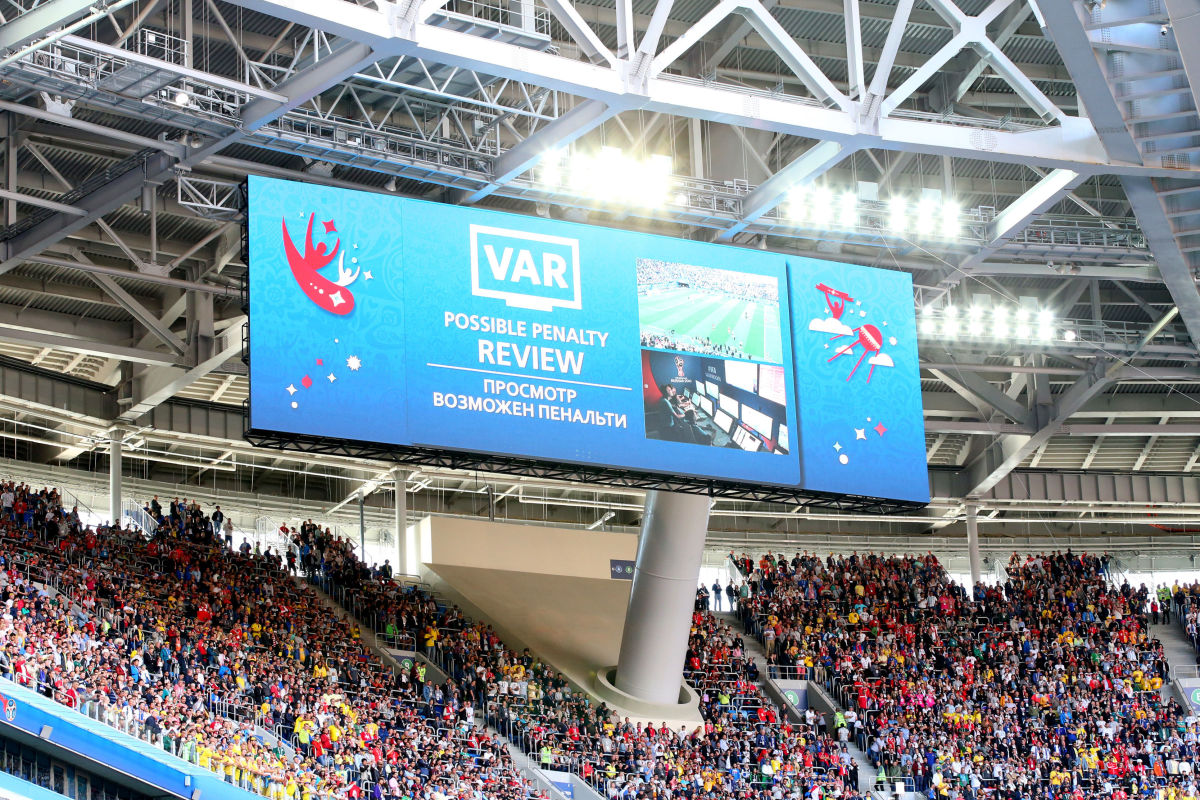
The way VAR works is that a group of officials watch the matches live on a series of monitors from the centralised video operation room based in Moscow. The monitors provide them with a range of angles to analyse the game from, in which they can then communicate with the referee if a potential error has been made or incident has been missed in four match-changing situations: goals, penalties, straight red cards and mistaken identity.
This enables referees to make an informed judgement based upon the information they receive, or they can personally review the incident on a separate screen in the designated referee review area.
The intentions behind VAR, to reach correct decisions and therefore reduce the impacts of inaccuracies stemming from human error on the outcome of games, are only positive. In principle, the use of technology to work towards eliminating incorrect decisions and unjust results is a sign of progression in the modern game - yet in practice it has on occasion provided reasons for scepticism.
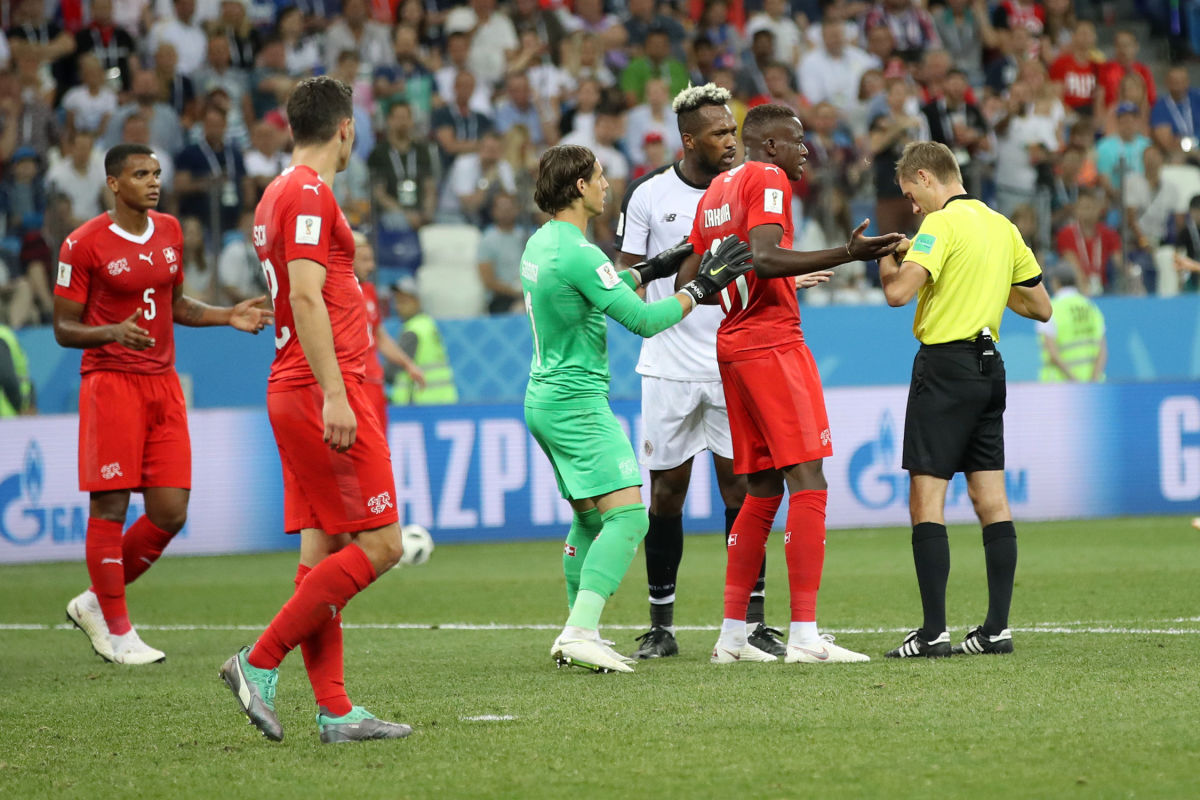
The controversial decision by referee Enrique Caceres to award Iran a late penalty against Portugal, in what was the third use of VAR in the game as Cedric Soares unintentionally handled the ball, changed the dynamic of Group B to the detriment of Euro 2016 winners Portugal.
Following Spain’s last-gasp point against Morocco in a game in which VAR was equally as influential, particularly after Gerard Pique’s contentious two-footed challenge in the first half was judged to be only worthy of a yellow card after the intervention of VAR, Portugal finished second in the group, meaning they faced Uruguay as opposed to hosts Russia.
Further controversy surrounding VAR was present in Argentina’s crucial clash with Nigeria, in Saint Petersburg. On reflection, after already-qualified Croatia’s victory over Iceland, a point would have been enough for Gernot Rohr’s Nigeria to progress as runners-up in Group D, and, hypothetically speaking, this may have been achieved if they had been granted a penalty as the sides were level.
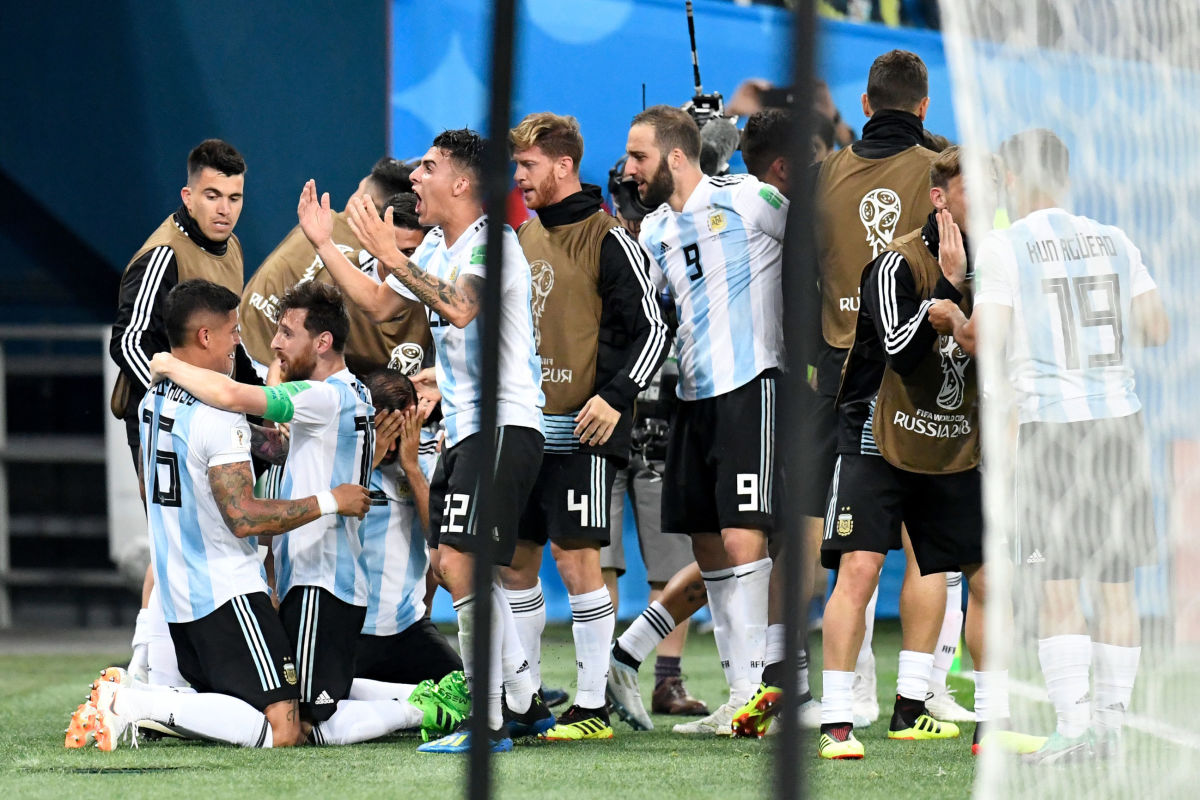
At 1-1, Manchester United’s Marcos Rojo seemingly misjudged a headed clearance, heading the ball into his outstretched arm. In this case, after a brief inspection of the incident, the referee denied Nigeria a second penalty, sticking to his original ruling.
It goes without saying that there needs to be an element of consistency in the decisions being made whilst using VAR. However, what this does highlight is that VAR is not designed to make decisions, but to provide support for referees.
The aspect of subjectivity within the game will still remain, with the referee ultimately making the final judgement, causing decisions to vary. For instance, what constitutes handball is clearly outlined, but how it is interpreted when assessing in-game scenarios is unique to the individual.
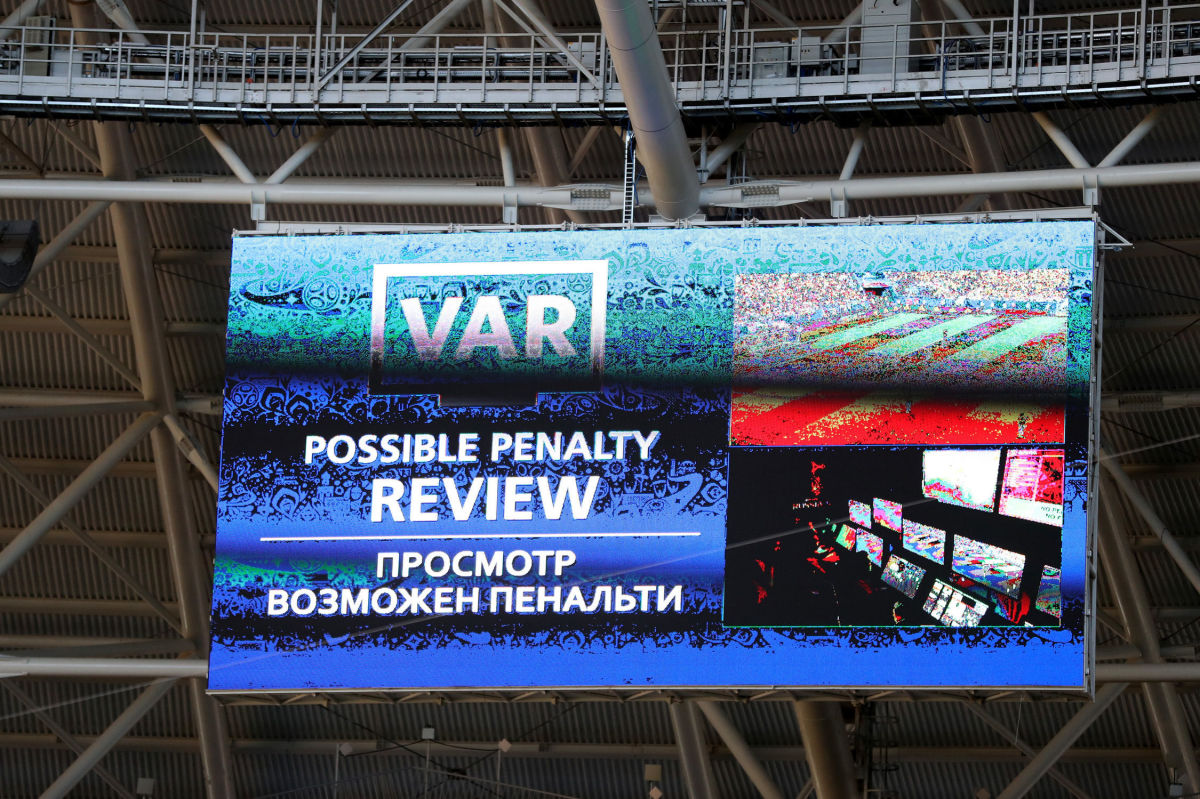
On the whole, VAR has proved to be a useful and effective tool during the World Cup so far. Despite the relative success of the system, it has been subject to criticism due to the time it takes to check VAR and the fear of football becoming fragmented, like other sports such as cricket and rugby where similar systems are used. Providing VAR continues to be used only for key incidents for the foreseeable future, interruptions to the flow of the game should be limited, maintaining the tempo of the game.
Furthermore, there is an element of excitement surrounding VAR in the moments of anticipation and suspense before a final decision is made. The air of uncertainty over which way the decision will go following video review adds to the drama of the game - a relatively irrelevant detail in terms of what VAR sets out to achieve, but an entertaining aspect of the system, nevertheless.
Concern surrounding the use of technology in football is nothing new. England fans have experienced both delight and anguish in the prolonged time leading up to the eventual implementation of goal line technology.

Frank Lampard’s infamous ‘ghost goal’ in England’s 4-1 defeat to Germany in South Africa saw calls for goal line technology to be intensified. FIFA and UEFA were both reluctant to make any change, with the ex-UEFA president Michel Platini insisting a five-official system was sufficient.
Two years later during Euro 2012, England’s fortunes turned as John Terry’s hooked clearance against Ukraine protected a 1-0 lead, setting up a quarter-final tie with Italy, despite the ball clearly crossing the line.
Goal line technology was finally introduced in 2012, at the Club World Cup in Japan. Information of whether the whole of the ball has crossed the line is now transmitted to the referee within one second, ensuring an immediate response and limiting interference and stoppages to the game.
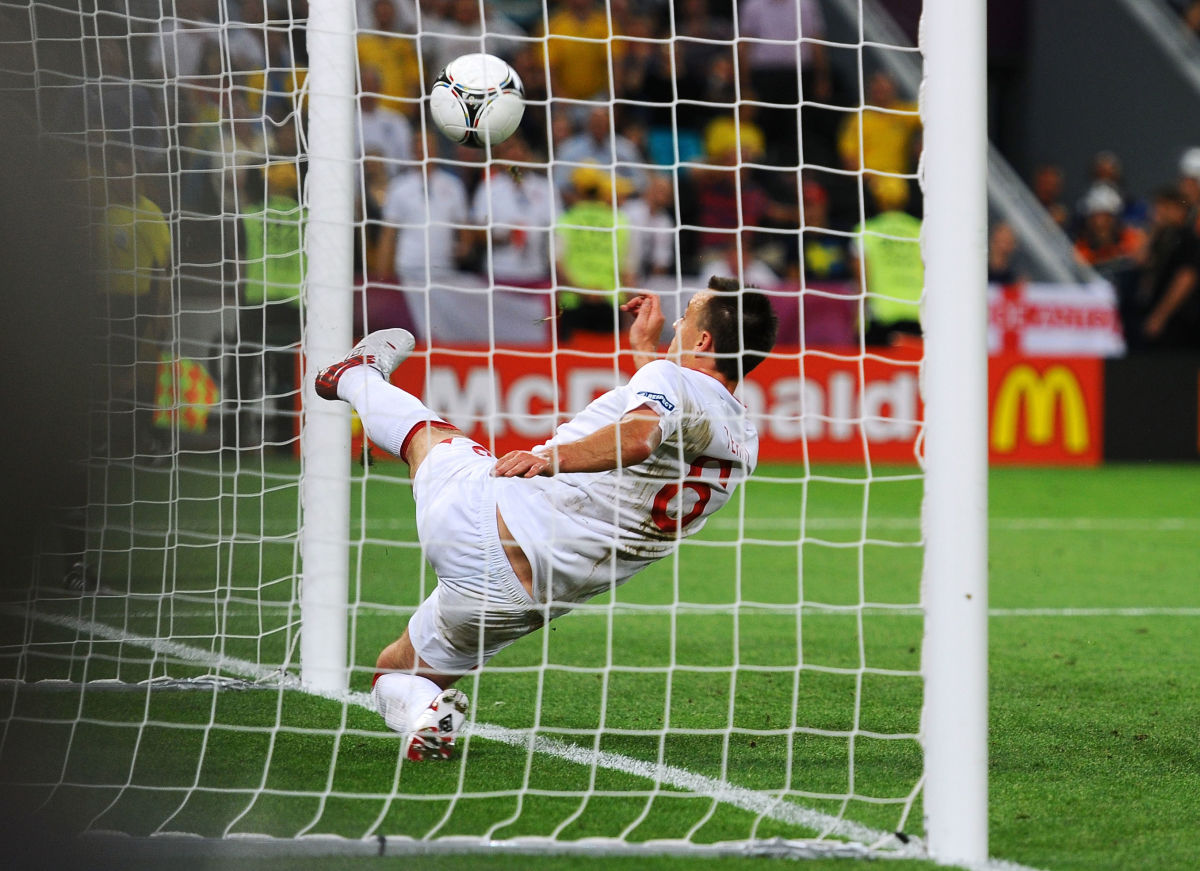
Like goal line technology, VAR will take time to perfect and gain the support of its critics. It may never win over those who believe the use of technology is a burden on the traditional game. That being said, VAR is a valuable and exciting asset to the modern game, which is a step in the right direction for football.
